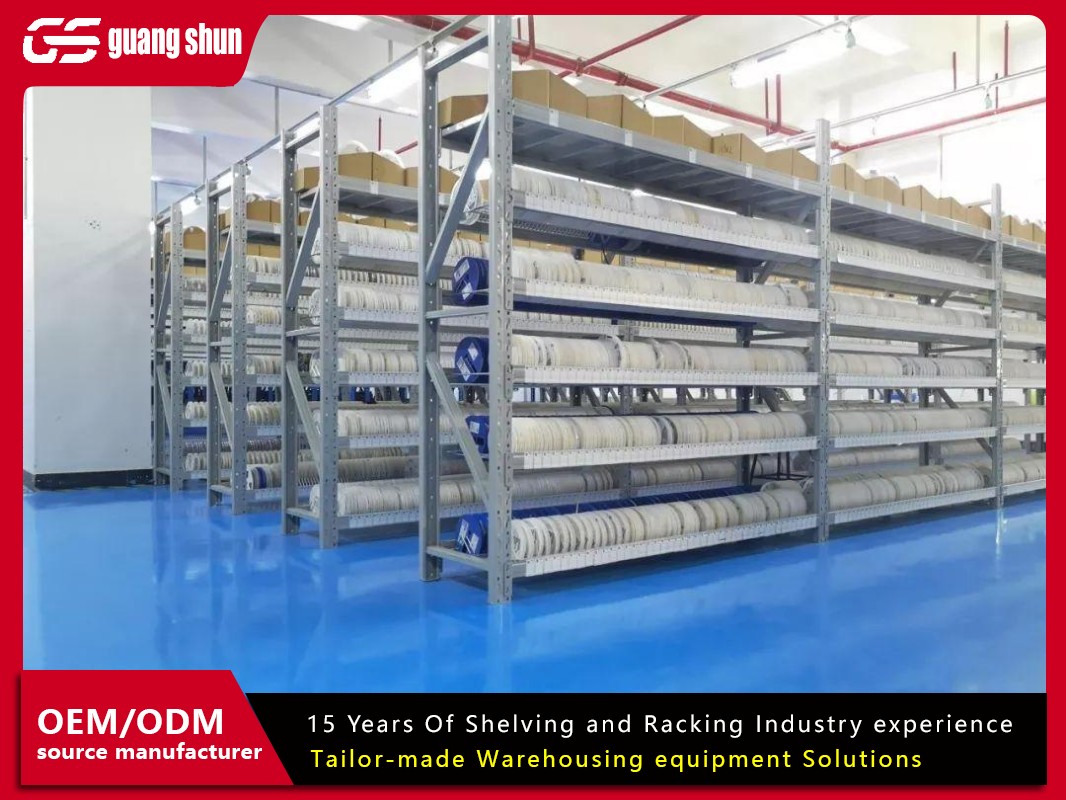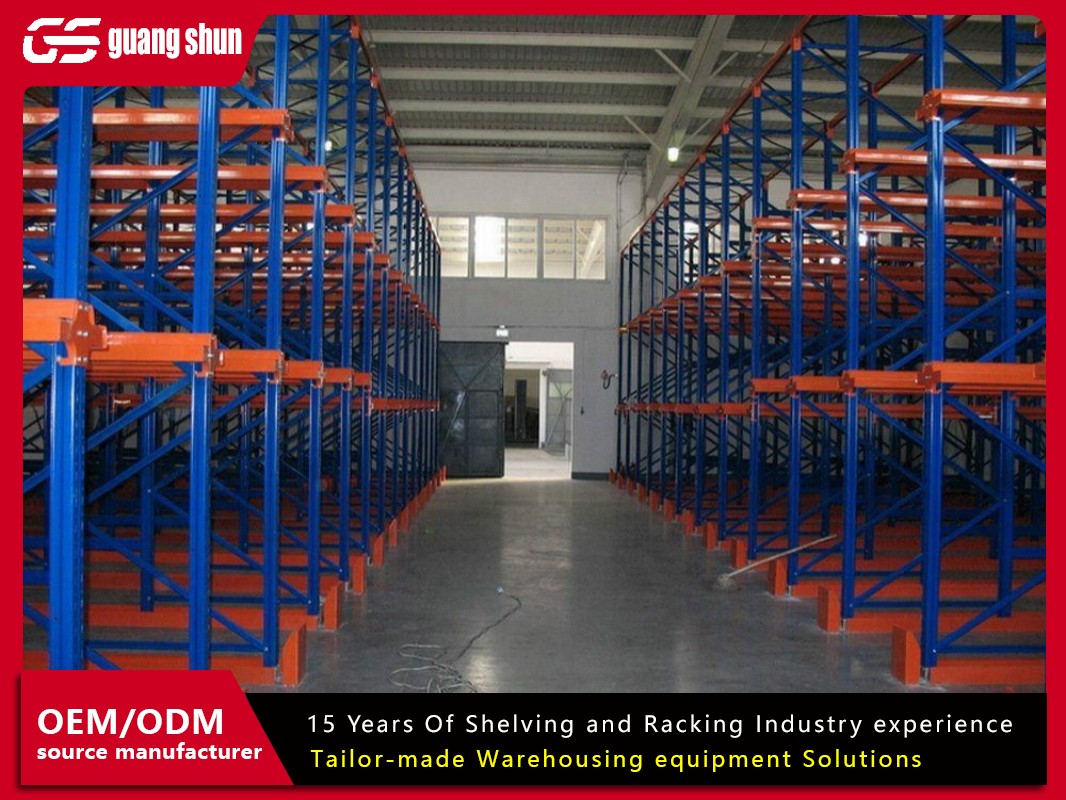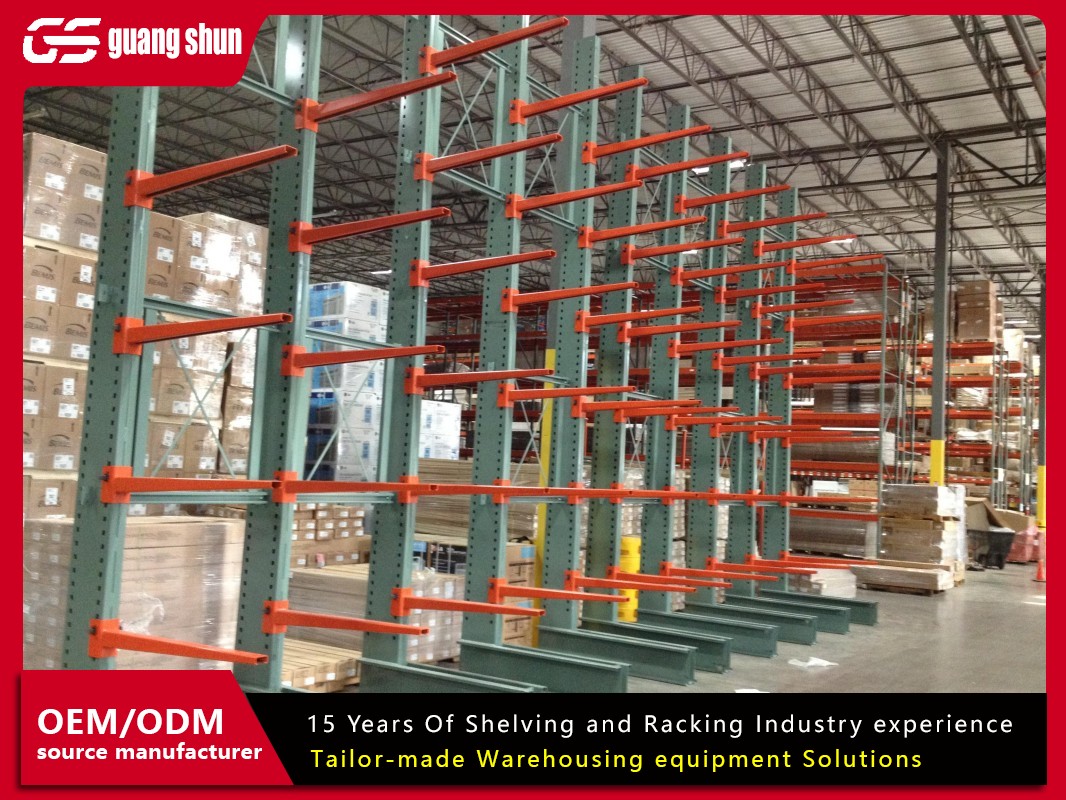In today's fast-paced industrial and commercial environments, efficient storage solutions are crucial for optimizing operations, reducing costs, and enhancing productivity. Among the various options available, metal racking systems stand out as a versatile and reliable choice for businesses of all sizes. These systems are designed to organize, store, and manage inventory effectively, making them indispensable in warehouses, retail spaces, and manufacturing facilities. In this article, we will delve into the key aspects of metal racking systems, exploring their types, benefits, applications, selection criteria, and maintenance practices. By understanding these elements, you can make informed decisions to improve your storage infrastructure and drive business success.
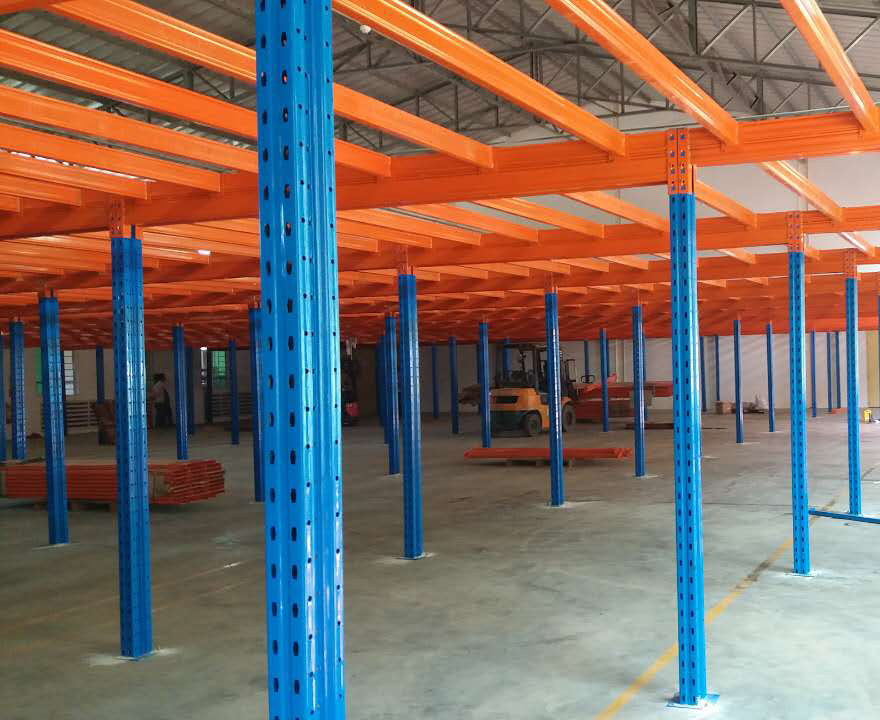
What Are Metal Racking Systems?
Metal racking systems are structural frameworks made primarily from steel or other metals, engineered to support and organize goods in a systematic manner. They have evolved significantly over the years, from simple shelving units to advanced, customizable configurations that cater to diverse storage needs. Typically, these systems consist of upright frames, beams, and decking components that can be adjusted to accommodate various load capacities and item sizes. The durability and strength of metal make these systems ideal for heavy-duty applications, ensuring long-term reliability even in demanding environments. Whether used for palletized goods, bulk items, or specialized products, metal racking systems provide a scalable solution that grows with your business. By leveraging these systems, companies can transform cluttered spaces into organized, efficient storage areas that facilitate easy access and inventory management.
Types of Metal Racking Systems
The diversity of metal racking systems allows businesses to choose configurations that best suit their specific requirements. Here are some of the most common types:
Selective Pallet Racking: This is one of the most widely used metal racking systems, designed for easy access to every pallet. It features upright frames and horizontal beams that create multiple levels, making it ideal for warehouses with high SKU variety and frequent inventory turnover.
Drive-In and Drive-Through Racking: These metal racking systems are optimized for high-density storage by allowing forklifts to drive directly into the rack structure. Drive-in systems have a last-in, first-out (LIFO) design, while drive-through systems support first-in, first-out (FIFO) inventory management, perfect for storing large quantities of similar products.
Cantilever Racking: Specifically designed for long, bulky items like pipes, lumber, or furniture, cantilever racking systems feature arms that extend from vertical columns. This design eliminates obstructions, providing unobstructed access and maximizing storage for irregularly shaped goods.
Push-Back Racking: This dynamic metal racking system uses a series of nested carts on inclined rails, allowing pallets to be stored deeper and retrieved by pushing new loads in, which automatically moves older loads forward. It offers high density and selective accessibility, balancing space utilization and efficiency.
Mobile Racking: For facilities with limited space, mobile racking systems incorporate movable bases that slide along tracks, consolidating aisles and expanding storage capacity. These systems are electrically or manually operated and are excellent for archives or cold storage environments.
Each type of metal racking system offers unique advantages, so it's essential to assess your inventory profile, space constraints, and operational workflow before making a selection.
Benefits of Implementing Metal Racking Systems
Investing in metal racking systems brings numerous advantages that can transform your storage operations. Key benefits include:
Enhanced Space Utilization: By leveraging vertical space, metal racking systems allow businesses to store more goods in the same footprint. This is particularly valuable in urban areas or facilities where real estate costs are high, as it reduces the need for expansion and maximizes ROI.
Durability and Longevity: Made from high-strength steel or aluminum, these systems withstand heavy loads, impacts, and environmental factors like humidity or temperature fluctuations. This resilience translates to lower replacement costs and minimal maintenance over time.
Improved Safety and Organization: Metal racking systems are designed with safety features such as load-bearing capacities, anti-slip surfaces, and secure anchoring. They help prevent accidents by reducing clutter and ensuring items are stored securely, which also streamlines inventory tracking and reduces loss.
Scalability and Flexibility: Most metal racking systems are modular and adjustable, enabling easy reconfiguration as business needs change. Whether you're expanding product lines or shifting storage layouts, these systems adapt without requiring a complete overhaul.
Cost-Effectiveness: While the initial investment in metal racking systems might be higher than alternatives like wood or plastic, their long-term savings in maintenance, space efficiency, and operational productivity make them a financially sound choice. Additionally, they can integrate with automation technologies for further efficiency gains.
By harnessing these benefits, companies can achieve a competitive edge through optimized logistics and reduced operational bottlenecks.
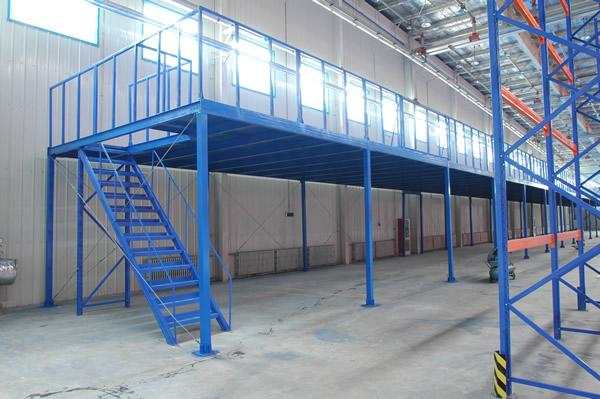
Applications of Metal Racking Systems Across Industries
Metal racking systems are incredibly versatile and find applications in a wide range of sectors. Here's how they are utilized in different industries:
Warehousing and Distribution: In these settings, metal racking systems form the backbone of inventory management, supporting everything from raw materials to finished goods. They enable efficient order picking, reduce handling times, and integrate with warehouse management systems (WMS) for real-time tracking.
Retail and E-commerce: Retailers use metal racking systems in backrooms and distribution centers to organize merchandise, facilitate quick restocking, and support omnichannel fulfillment. This ensures products are readily available for shelves or direct shipping, enhancing customer satisfaction.
Manufacturing and Industrial Plants: Factories rely on metal racking systems to store components, tools, and work-in-progress items. This minimizes production delays, improves workflow efficiency, and supports just-in-time (JIT) manufacturing processes.
Cold Storage and Food Industry: Specially coated or stainless steel metal racking systems are used in refrigerated environments to resist corrosion and maintain hygiene standards. They help store perishable goods safely while withstanding low temperatures and moisture.
Automotive and Aerospace: These industries employ heavy-duty metal racking systems for storing large parts, engines, and equipment. The systems' robustness ensures safety and organization in high-value, precision-oriented environments.
From small businesses to large corporations, metal racking systems provide tailored solutions that enhance operational flow and adapt to industry-specific challenges.
How to Choose the Right Metal Racking System
Selecting the appropriate metal racking system requires careful consideration of several factors to ensure it aligns with your operational needs. Follow these steps:
Assess Load Requirements: Determine the weight and dimensions of the items you plan to store. Metal racking systems come with varying load capacities, so choose one that can safely support your inventory without risk of overloading.
Evaluate Space and Layout: Measure your available space, including ceiling height and floor area, to decide on the configuration—such as single-deep, double-deep, or high-rise racking. Consider aisle widths for equipment like forklifts to ensure smooth movement.
Consider Inventory Characteristics: Factor in the type of goods—whether they are palletized, bulk, or irregularly shaped. For example, selective racking suits diverse SKUs, while drive-in systems are better for homogeneous products.
Budget and ROI Analysis: Compare the costs of different metal racking systems, including installation, maintenance, and potential expansion. Look for systems that offer durability and efficiency to justify the investment through long-term savings.
Compliance and Safety Standards: Ensure the metal racking system meets industry regulations, such as OSHA guidelines or local building codes. Features like seismic ratings and fire resistance may be necessary depending on your location and industry.
By conducting a thorough needs assessment, you can invest in a metal racking system that boosts productivity and minimizes risks.
Installation and Maintenance Best Practices for Metal Racking Systems
Proper installation and ongoing maintenance are critical to maximizing the lifespan and performance of metal racking systems. Here are some essential tips:
Professional Installation: Always hire certified installers for setting up metal racking systems to ensure structural integrity and safety. Incorrect installation can lead to collapses or accidents, so follow manufacturer guidelines and use appropriate anchoring methods.
Regular Inspections: Schedule routine checks for signs of damage, such as bent beams, loose connections, or corrosion. This is especially important in high-traffic areas where impacts are common. Addressing issues early prevents costly repairs and downtime.
Load Management: Adhere to the specified weight limits and avoid overloading shelves. Use load signs and train staff on proper stacking techniques to maintain stability in metal racking systems.
Cleaning and Upkeep: Keep metal racking systems clean from dust, debris, and spills to prevent corrosion and maintain hygiene. In corrosive environments, consider protective coatings or stainless steel options.
Component Replacement and Upgrades: Over time, parts may wear out; replace damaged components promptly to avoid compromising the entire system. Additionally, as business needs evolve, consider retrofitting or expanding your metal racking systems with new accessories like wire decking or safety nets.
By following these practices, you can ensure that your metal racking systems remain safe, efficient, and reliable for years to come.
In conclusion, metal racking systems are a cornerstone of modern storage solutions, offering flexibility, durability, and efficiency across various industries. By understanding their types, benefits, applications, selection criteria, and maintenance, businesses can leverage these systems to optimize space, enhance safety, and drive growth. As storage needs continue to evolve, metal racking systems will remain a vital investment for any organization aiming to streamline operations and stay competitive.
Frequently Asked Questions About Metal Racking Systems
Q1: What are the most common types of metal racking systems available?
A1: The most common types include selective pallet racking, drive-in and drive-through racking, cantilever racking, push-back racking, and mobile racking. Each is designed for specific storage needs, such as high-density storage or handling long items.
Q2: How do metal racking systems improve warehouse efficiency?
A2: Metal racking systems enhance efficiency by maximizing vertical space, allowing easy access to inventory, reducing clutter, and supporting organized storage. This leads to faster order fulfillment, better inventory management, and lower operational costs.
Q3: What factors should I consider when choosing a metal racking system?
A3: Key factors include load capacity, available space, inventory type, budget, and compliance with safety standards. It's also important to consider future growth and the potential for system adjustments or expansions.
Q4: Are metal racking systems suitable for outdoor use?
A4: Yes, but they require specific coatings or materials, such as galvanized steel or weather-resistant finishes, to prevent rust and corrosion. Regular maintenance is essential to withstand environmental elements like rain and UV exposure.
Q5: How often should metal racking systems be inspected for safety?
A5: It is recommended to conduct formal inspections at least annually, or more frequently in high-use environments. Additionally, perform visual checks by staff regularly to identify any immediate issues like damage or overloading.



